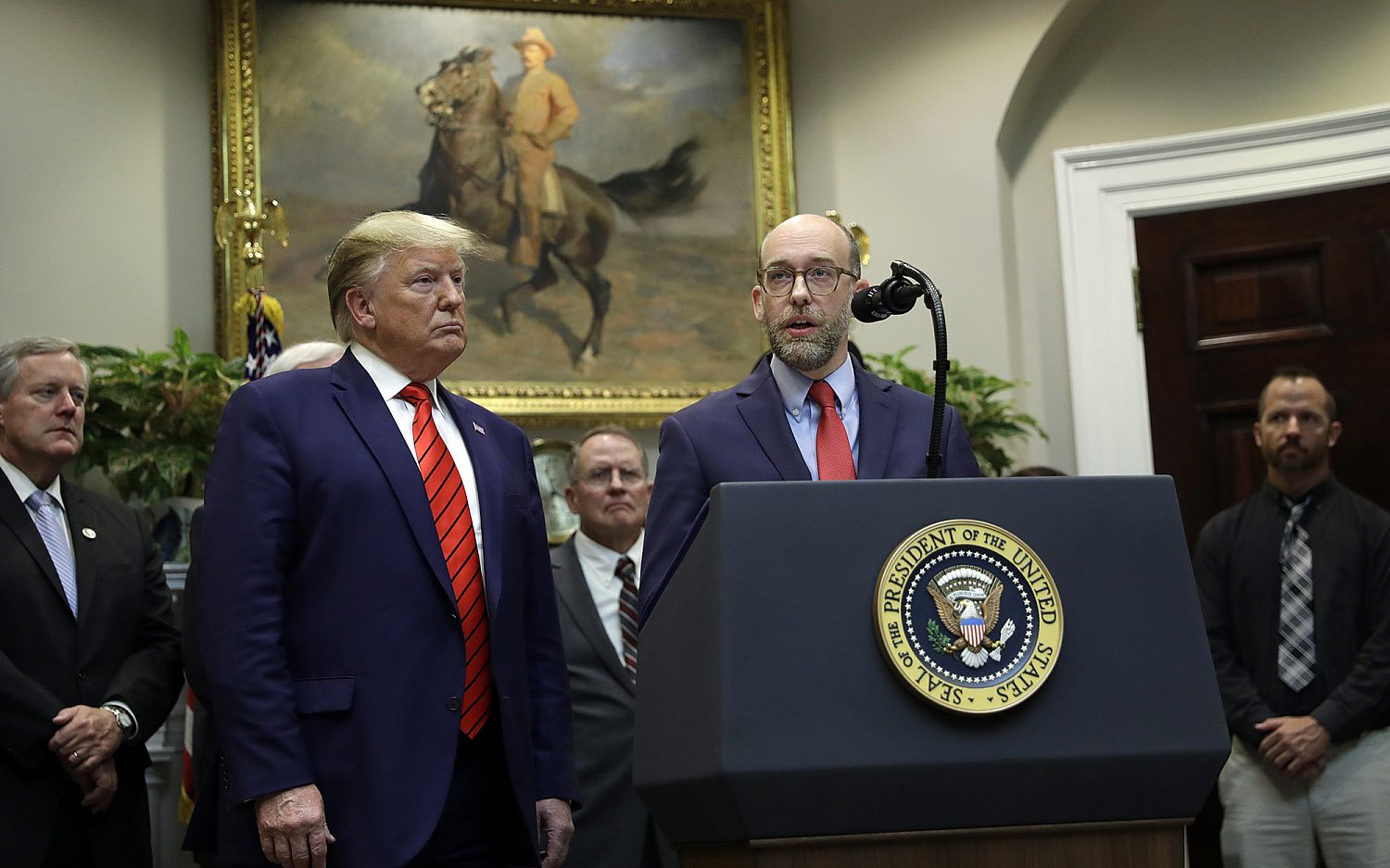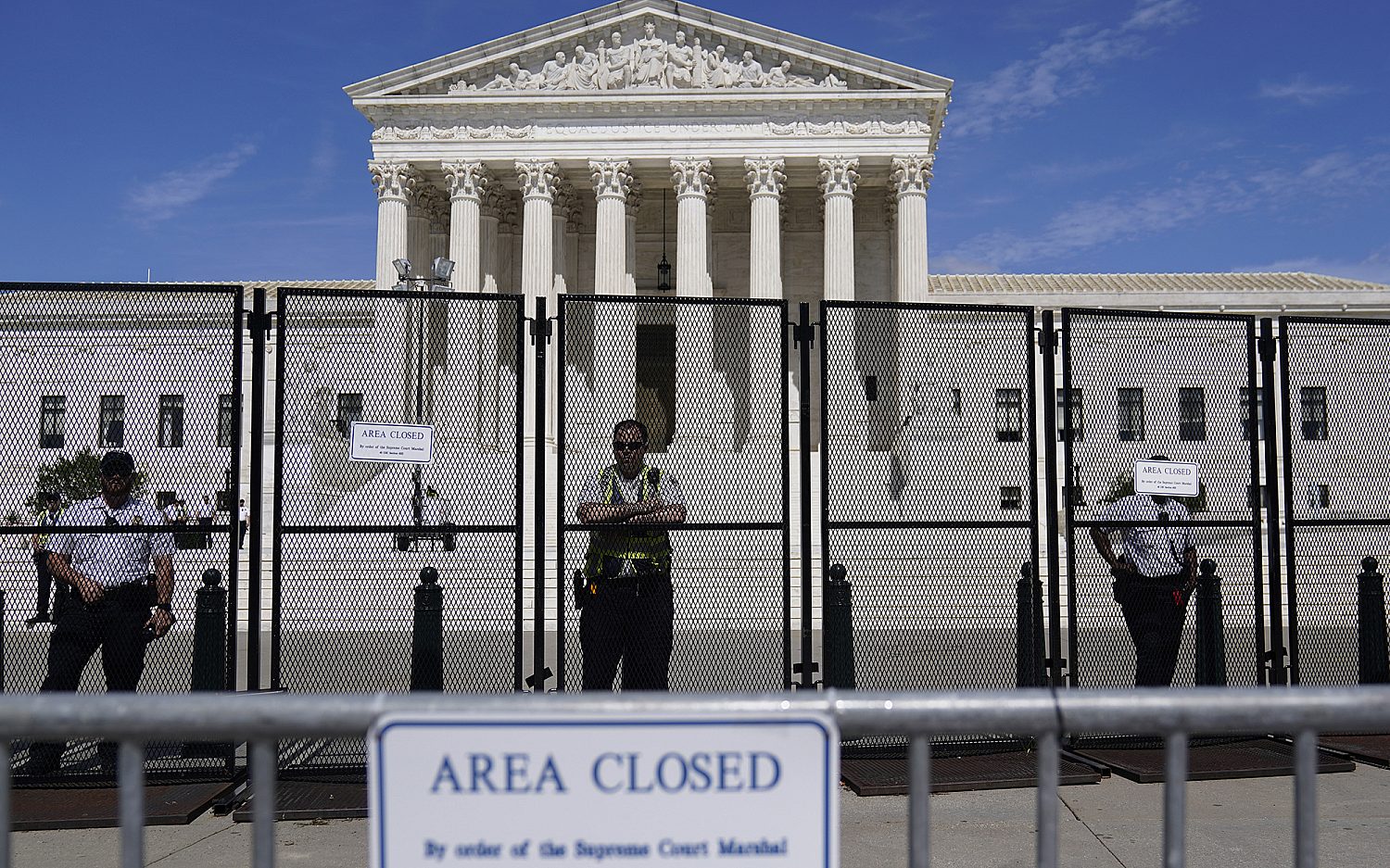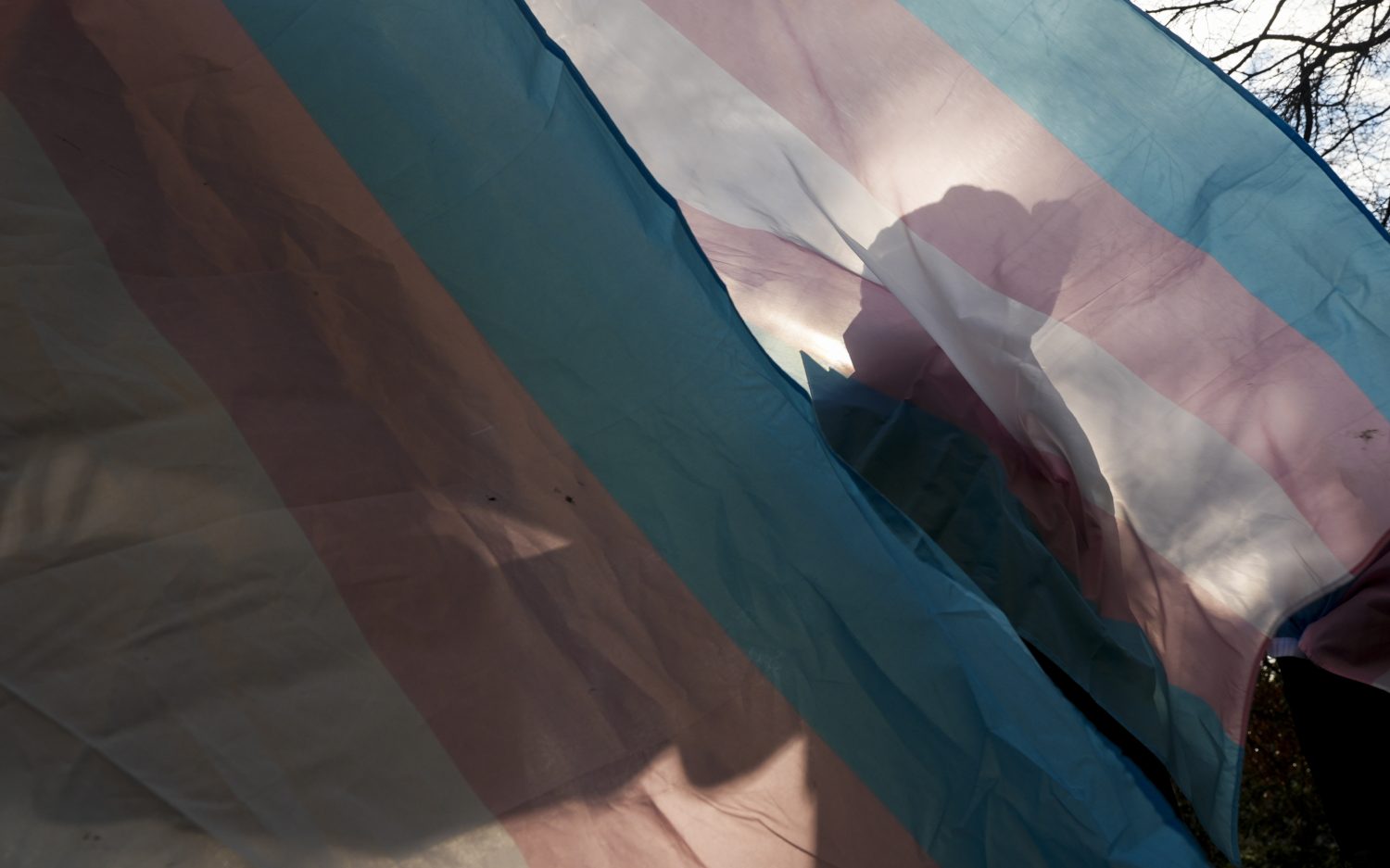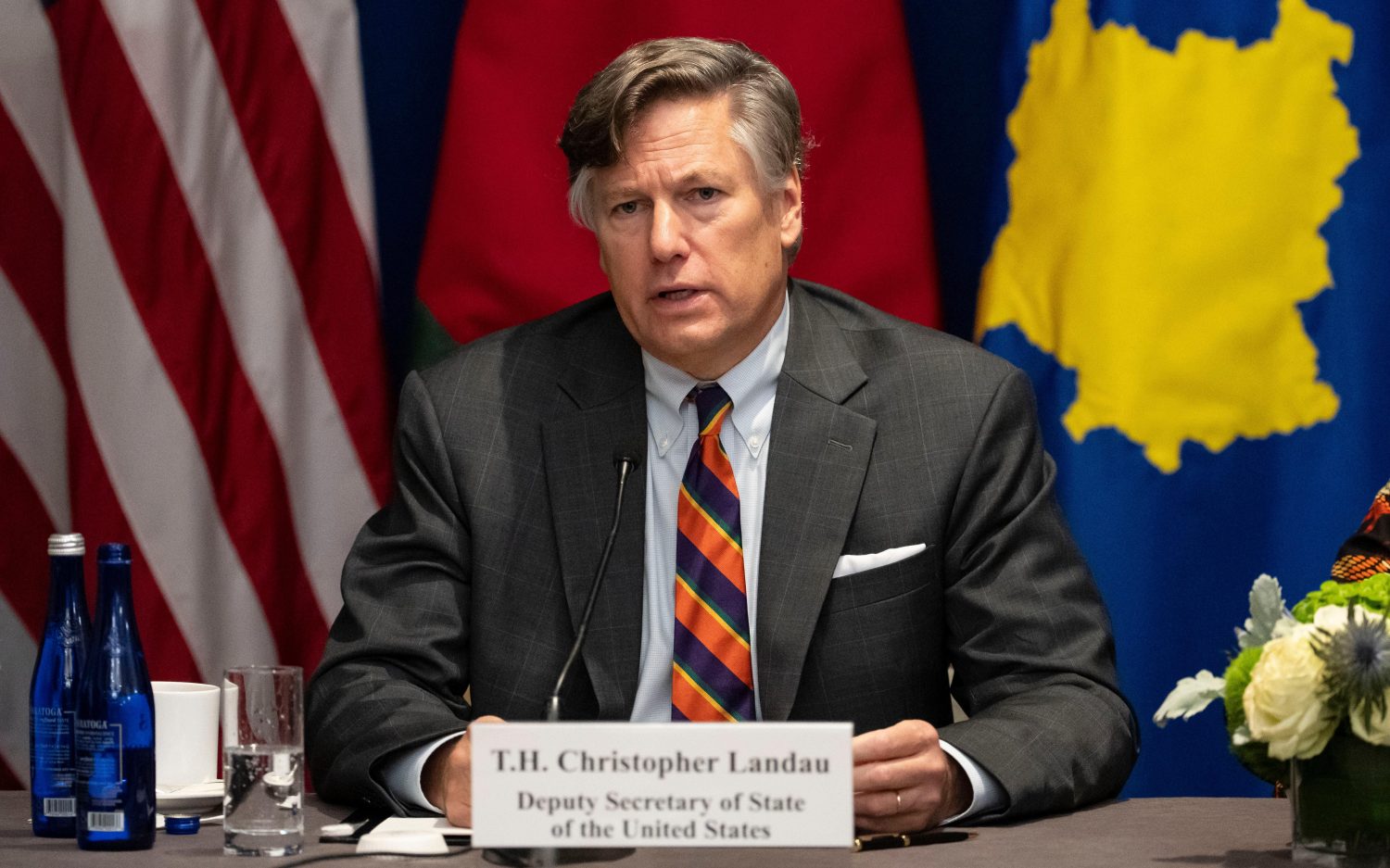Rallying for religious liberty, praying to win
Strong opinions flared on both sides at a rally held during the monumental contraceptive mandate court case
WASHINGTON—While the Supreme Court heard long-awaited arguments in Zubik v. Burwell, thousands gathered outside to stake out their positions: freedom for religious nonprofits or a government contraceptive mandate.
“To me, this is the greatest spiritual battle of our time,” said Bonnie Borel, 57, a Catholic from Silver Spring, Md. “Today is it—this is ground zero.”
Individuals and groups arrived early in the morning, some taking long bus rides or traveling in car pools, bringing signs, buttons, T-shirts, and cookies to hand out. They recited catchy chants to support their side in the case. Pro-abortion supporters aptly claimed the left side of the Supreme Court steps. They trotted out like-minded representatives from Congress and spokesmen from Planned Parenthood, Catholics for Choice, and other similarly focused groups. On the right side, hundreds of college students from the plaintiff schools and busloads of Catholic nuns joined to protest the government’s requirement that their institutions provide abortion-inducing drugs through their health insurance plans.
Borel came to the rally alone to support the Little Sisters of the Poor, one of the main plaintiffs in the case, and she brought with her a graphic 6-foot-tall banner of a dismembered baby. Protesters hated her sign, and she told me many tried averting their eyes from the heart-breaking image. But that didn’t stop her from parading it throughout the crowds.
Midway through the rally, Borel found a friend to hold the other side of the banner so she could run it through the pro-abortion camp. Several women rolled their eyes and scoffed at the pair. Then, several women in blue shirts from the National Latina Institute for Reproductive Rights jumped in front of the banner, blocking it from view. They chanted, “Whose Body? My Body!” and the rest of the left camp joined in to run Borel back to the right side of the steps.
“Our goal for today is to highlight the fact that access to contraception is essential for health and dignity,” said Madeline Gomez, one of the 10 women in the Latina group. “Those signs are inaccurate depictions of abortion.”
The left side was smaller but equally as loud at times. They did not interact with the pro-life groups often—outside of the noticeable encounter with Borel. Groups brought portable speakers to blare Lady Gaga and Beyoncé songs, eliciting group dances. Many wore pro-abortion T-shirts and hoisted signs that read “My Body, My Choice.”
Borel maintained the opposing group doesn’t know what they’re advocating for. She justified her graphic imagery by explaining the mandated contraceptives are harmful to women and to babies. At times she put down her banner and held up a sign that read “The Pill Kills.”
“I am furious that there’s this lie underneath all of the contraceptive industry,” Borel said. “People look at my sign and say ‘What are you talking about? This is not about abortion; this is about contraception.’ I just tell them, ‘Well I guess then you don’t know what you’re talking about.”’
Others agreed with Borel’s stance but opted for a less in-your-face display.
More than 150 Catholic nuns connected with the Little Sisters of the Poor stood side-by-side to pray for the Supreme Court to rule in their favor.
Mary Catherine and Mary Gabriel flew from Nebraska to protest in front of the Supreme Court for the first time. They joined with other nuns for an early morning mass, to dedicate the day to the Lord.
“This is more than just about the Little Sisters of the Poor; this is about religious liberty for everyone,” Mary Gabriel told me.
Lourdes Miranda, part of the Little Sisters of the Poor’s Baltimore order, brought a large group. And about 75 students from the neighboring, all-girls Mount de Sales Academy tagged along. Students said the rally counted as an excused absence from the classroom and their principal encouraged them to go and support the nuns.
Lourdes Miranda, originally from Cuba, came to the United States 55 years ago.
“We were running away from not having freedom and not having equality,” she said. “I’ve been part of the Little Sisters of the Poor for 40 years and I never thought in my life that this would happen. That the government would interfere with our religious freedom.”
Other major groups in the religious liberty camp included students from the schools involved in the case. About 20 came from Geneva College, and 30 from Oklahoma Wesleyan University.
Kourtney Rhoads, a senior at Oklahoma Wesleyan, drove for 20 hours to stand in support of her school. Rhoads had to skip class to protest, but with the case such a hot issue on campus, school faculty accommodated assignment schedules for any students traveling to Washington.
“This is a great opportunity for us to band together as students,” Rhoads said. “There is a lot of hope going on. We’re optimistic.”
An actual newsletter worth subscribing to instead of just a collection of links. —Adam
Sign up to receive The Sift email newsletter each weekday morning for the latest headlines from WORLD’s breaking news team.




Please wait while we load the latest comments...
Comments
Please register, subscribe, or log in to comment on this article.